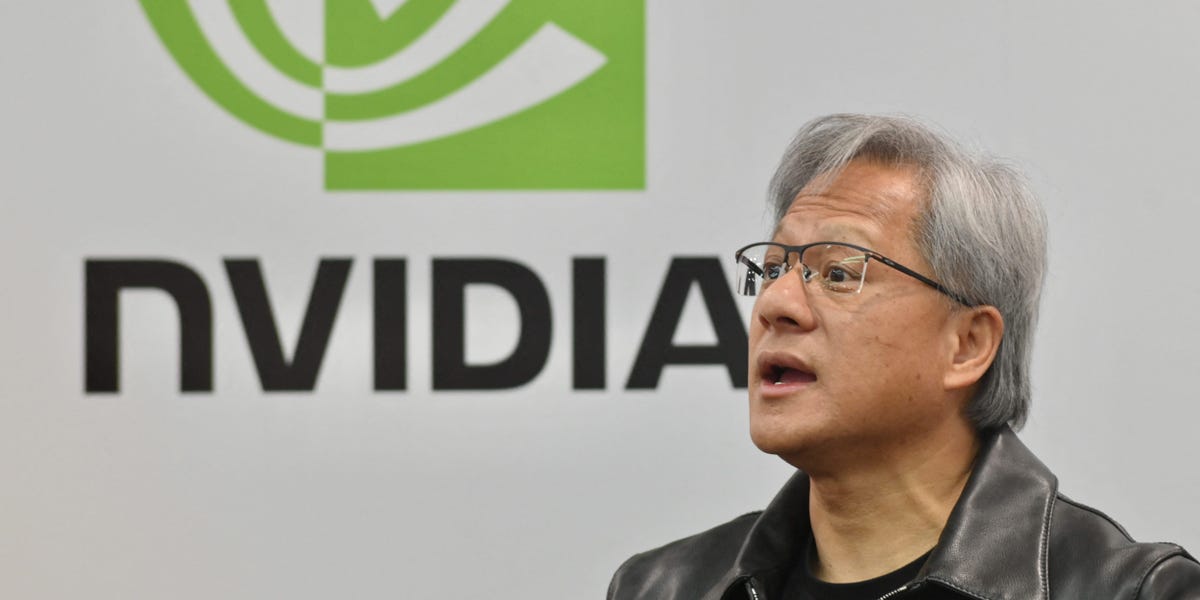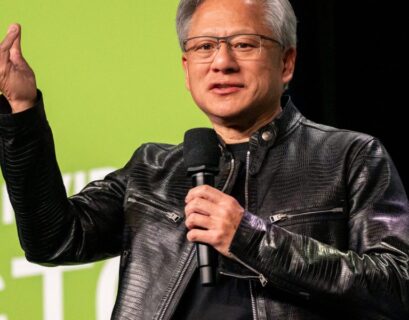- According to Bank of America’s Vivek Arya, Nvidia’s stock may experience a pullback of up to 11% following the earnings report.
- The anticipated volatility is attributed to excessive bullishness rather than underlying fundamentals.
- The stock is expected to receive a boost from the GPU Tech Conference scheduled for mid-March.
Nvidia’s remarkable rise in mega-cap valuations has positioned it as a top choice for Bank of America’s research analyst Vivek Arya. However, Arya cautioned that the stock could face a substantial decline in the near future, as outlined in his recent analysis.
With Nvidia’s earnings report scheduled for February 21, market sentiment has been overwhelmingly optimistic. Buy-side projections for Nvidia exceed consensus estimates by 9%, reaching $21.7 billion for the fourth quarter.
This heightened optimism may limit Nvidia’s ability to surpass expectations, potentially leading to an 11% downturn post-earnings, Arya noted, referencing Bloomberg options data. Currently trading around $740 per share as of Friday afternoon, Nvidia faces a precarious outlook.
Despite the projected decline, Arya emphasized that any negative impact would likely be temporary. He attributed the potential failure to meet optimistic forecasts to supply-related issues rather than more substantial shifts in demand or competitive pressures.
Looking ahead, Arya anticipates that the volatility surrounding Nvidia will subside following the GPU Tech Conference slated for mid-March.
Highlighting historical trends, Arya pointed out that following the last six annual GTC events, Nvidia’s stock price averaged a 6% increase (compared to a 1% rise in the SPX) one day after the event.
Nvidia continues to be an attractive investment option, boasting a valuation of 35 times its price-to-earnings ratio, which is below its historical median.
The semiconductor giant has experienced a meteoric rise, propelling it past tech behemoths like Amazon and Alphabet to become the third most valuable company on the S&P 500. With a 250% surge in stock price through 2023, Nvidia’s technological advancements have played a pivotal role in the realm of artificial intelligence.
Arya suggested that the recent surge in Nvidia’s stock could be attributed to a blend of fear, greed, and a frenzied pursuit of AI-related assets. However, he underscored that these factors fail to fully capture the company’s strong performance and earnings per share revisions.
Moreover, Arya highlighted Nvidia’s strategic alignment with US regulations restricting chip exports to China. In response to these regulations imposed in October, Nvidia modified some of its semiconductor designs to comply with lower performance standards, allowing them to be legally distributed in the Chinese market—a segment that traditionally contributes significantly to Nvidia’s revenue.
Despite speculations about a potential pullback, the investment community’s affinity for Nvidia remains evident. Noteworthy investors such as Ray Dalio, Paul Tudor Jones, and Stanley Druckenmiller have been increasing their stakes in the company, underscoring the widespread confidence in Nvidia’s future prospects.










